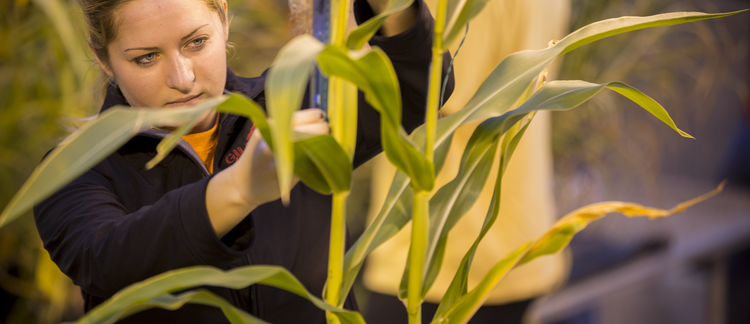Abstract
Plant-parasitic nematodes are microscopic worms that feed on plants. Almost every nematode that feeds on corn is capable of feeding on many other plants. These nematode parasites are thought to be native to most Iowa soils and to have fed on native plants before corn was grown as a cultivated crop. Population densities (numbers) of most species of plant-parasitic nematodes that feed on corn have to increase to damaging levels (called damage thresholds) before yield loss occurs.
Keywords: Plant Pathology and Microbiology, RFR A1173
How to Cite:
Tylka, G. L., Da Silva, M. B., Van Dee, K. & Fawcett, J. A., (2012) “Effects of Seed Treatments and a Soil-applied Nematicide on Corn Yields and Nematode Population Densities”, Iowa State University Research and Demonstration Farms Progress Reports 2011(1).
Downloads:
Download pdf
View PDF
218 Views
90 Downloads

